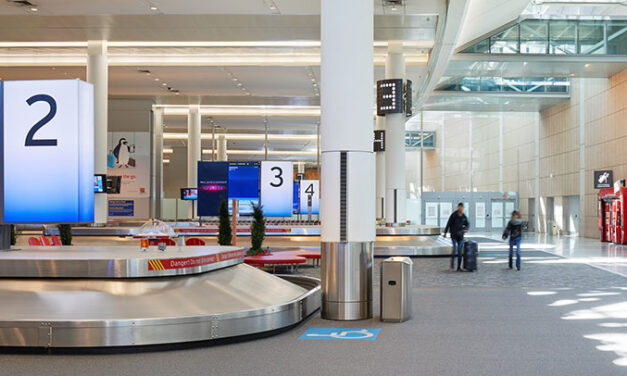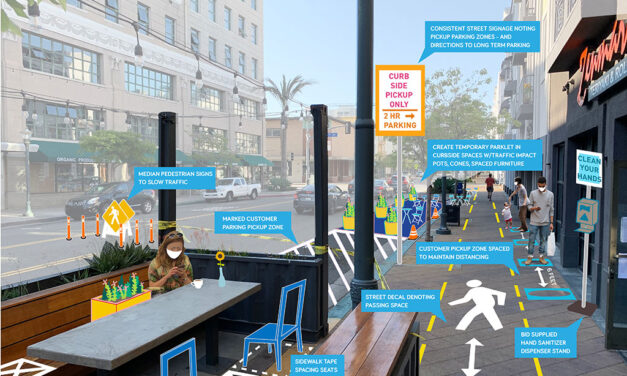Healthcare design post COVID-19
“Healthcare design post COVID-19” by Catherine Gow, Principal, Health Facilities Planning and Jennifer Kenson, Principal, Interior Design at Francis Cauffman Architects (FCA). “Healthcare planning will be re-thought to make spaces safe for both staff and patients alike. There are many strategies that could be utilized to make safer healthcare spaces. The strategies should parallel the CDC’s original recommendations of distancing, washing hands, avoiding contact. Distancing and separation within healthcare facilities, re-thinking patient, staff and supply flow. Specifications of materials and surfaces that can either be easily cleaned or are anti-microbial should be considered. Leveraging technology should also be studied as a tool to design a safer facility. New facilities should consider surge design in their planning.”
Read More




